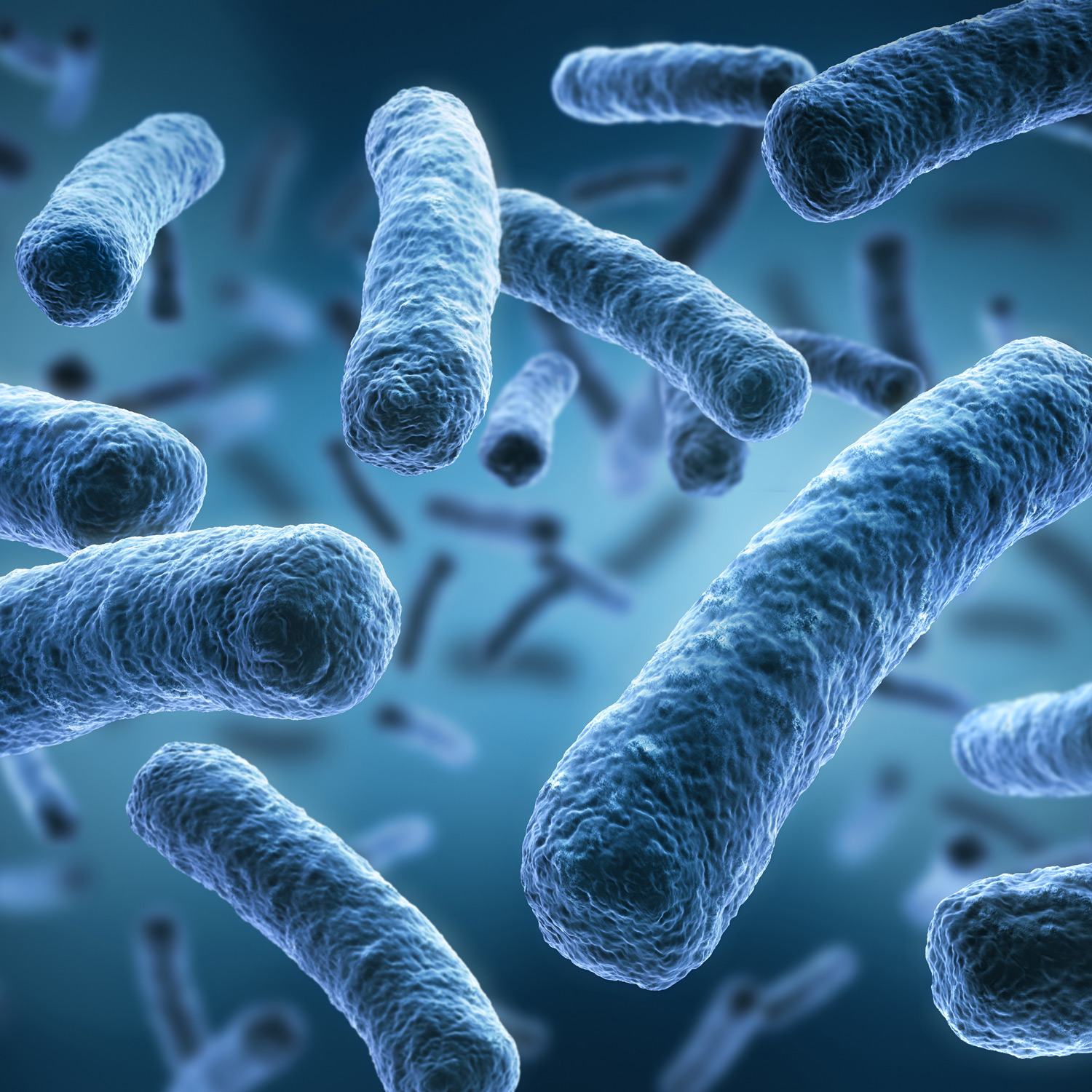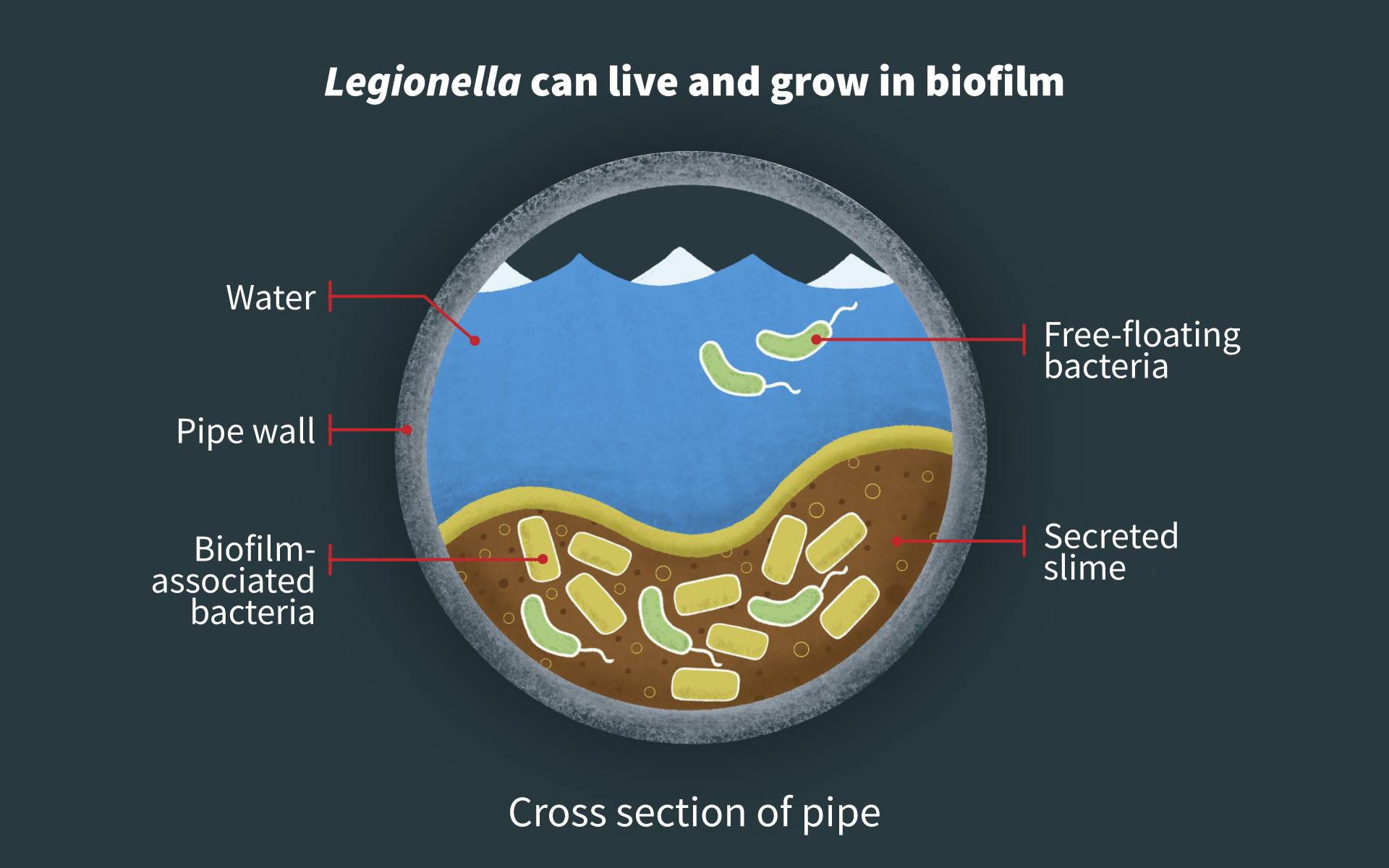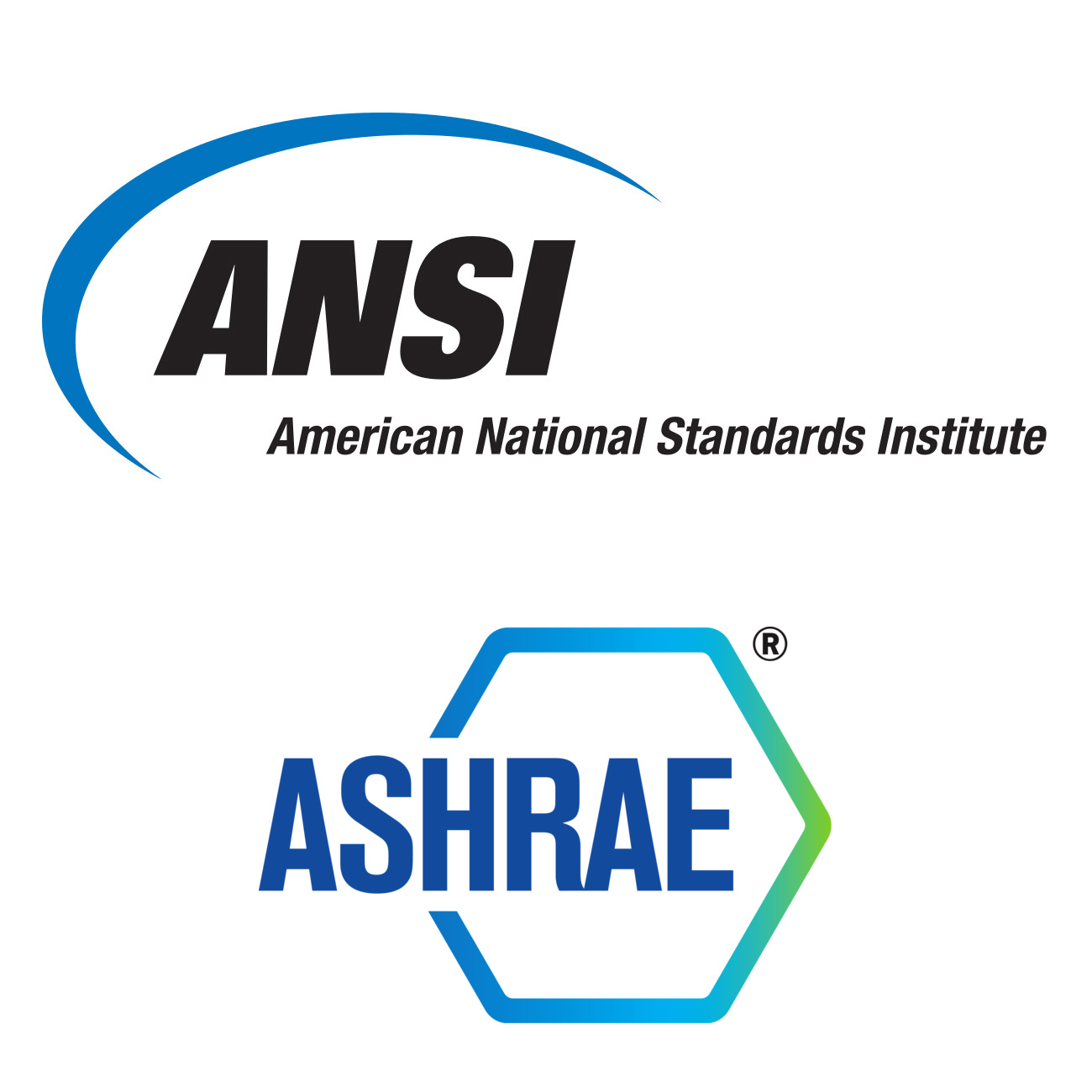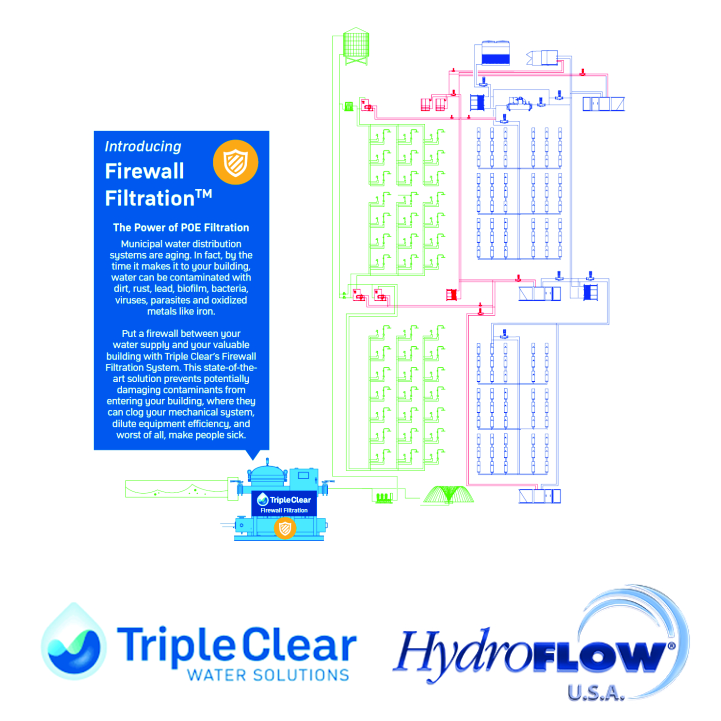Legionnaire’s Prevention

What Are Some Facts About Legionella Prevention That You Should Know To Protect Your Building Occupants?
Here are some facts from the CDC website about Legionella and Legionella Prevention:
- Legionella can cause Legionnaires' disease and Pontiac fever, collectively known as legionellosis.
- Scientists named the bacteria after an outbreak in Philadelphia in 1976. During that outbreak, many people who went to an American Legion convention got sick with pneumonia (lung infection).
- Health departments reported nearly 10,000 cases of Legionnaires' disease in the United States in 2018. However, because Legionnaires' disease is likely underdiagnosed. A recent study estimated that the true number of Legionnaires' disease cases might be 1.8“2.7 times higher than reported.
- About one in 10 people who get sick from Legionnaires' disease will die.
- People can get Legionnaires' disease or Pontiac fever when they breathe in small droplets of water in the air that contain Legionella.
- Legionella occurs naturally in freshwater environments. It can become a health concern when it grows and spreads in human-made building water systems.
What Factors Lead to Legionella Growth in Commercial Buildings?
Legionella can live and grow in biofilm inside building plumbing systems and pipes. Also, there are a variety of external factors that can lead to a legionella problem in your building, including the following:
- Water main breaks
- Biofilm
- pH fluctuations
- Construction
- Scale & sediment
- Inadequate levels of disinfectant
- Changes in municipal water quality
- Water temperature fluctuations
- Changes in water pressure
The definitive report on U.S. infrastructure illustrates the deep challenges the nation faces in upgrading its water and wastewater systems for legionella prevention. The U.S. received an overall grade of "D+" on the 2017 American Society of Civil Engineers (ASCE) Infrastructure Report Card. Wastewater and drinking water infrastructure scored a "D+" and a "D," respectively. The ASCE defines a "D" grade as one that finds "the infrastructure is in poor to fair condition and mostly below standard, with many elements approaching the end of their service life. A large portion of the system exhibits significant deterioration. Condition and capacity are of serious concern with strong risk of failure."


What is ANSI/ASHRAE standard 188-2021?
The ASHRAE Standard 188-2021 was created to reduce the occurrence of legionellosis and improve legionella prevention in human-occupied, commercial building water systems. The standard addresses the design, construction, installation, commissioning, operation, maintenance, and service of centralized building water systems and components to manage legionellosis risk.
Compliance with the ASHRAE Standard 188 requirements involves:
- Establishment of a water management program and team to ensure compliance with the standard.
- Detailed analysis of the water system and the identification of the risk points, possibly including flow diagrams to describe the system and processes to increase the likelihood of risk identification.
- Development of standard operating procedures.
- Monitor the crucial parameters and take corrective actions whenever the measured values are not within the established limits.
The requirements of the ASHRAE Standard 188 enhance the development of a rigorous preventive program for legionella prevention. Implementing the standard in a building construction project or the management of a commercial building ensures all the essential requirements for the decrease of the legionellosis occurrence are met to keep building occupants safer.
What Technology Exists Today To Mitigate the Risk of Legionellosis in Commercial Building Water Systems?
Today some technologies can mitigate the risk of legionellosis. Southeast Pump & Equipment highly recommends deploying a solution that includes both Triple Clear Point of Entry Force Field Filtration and HydroFLOW Water Conditioning:
- Triple Clear provides biofilm-resistant and legionella-free water to reduce cooling tower chemical requirements while maintaining HVAC equipment efficiency. Their systems remove 99.99% of viruses and bacteria from water.
- HydroFLOW neutralizes bacteria, biofilm, and algae throughout a water system while controlling scale, which reduces another set of chemicals that require balancing.
Southeast Pump & Equipment is your partner for implementing a system to protect your building occupants by providing a "firewall" for your building using both technologies for legionella prevention.


